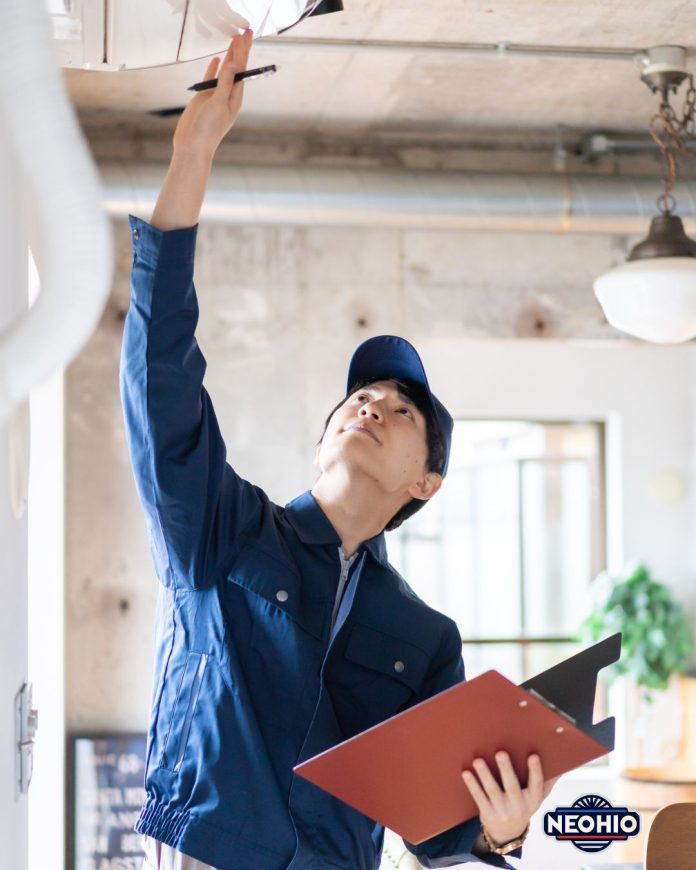Ohio’s extreme temperature swings from sub-zero winters to 90-degree summers create unique energy challenges that generic efficiency advice cannot address. Smart homeowners focus on upgrades that tackle both heating and cooling demands while taking advantage of state and utility incentives most residents never discover.
Local utility companies offer rebates that can cover 30-50% of upgrade costs, yet fewer than 15% of eligible homeowners apply for these programs. Combined with federal tax credits, many energy improvements pay for themselves within three years in Ohio’s climate.
Window Upgrades With Maximum Impact
Single-pane windows lose more energy than any other home component in Ohio’s climate. However, full window replacement costs often exceed benefits. Strategic upgrades targeting the worst-performing windows deliver better returns.
South and west-facing windows experience the greatest temperature stress and energy loss. Replacing these first provides maximum impact per dollar spent. Storm windows over existing windows can achieve 60% of replacement benefits at 25% of the cost.
Low-E coatings specifically rated for northern climates reflect summer heat while retaining winter warmth. Many homeowners choose wrong coatings designed for southern climates that work against Ohio’s heating needs.
HVAC Efficiency Beyond Equipment
New furnaces and air conditioners get attention, but ductwork improvements often provide greater returns. Leaky ducts waste 20-40% of heated and cooled air in most Ohio homes, yet duct sealing costs far less than equipment replacement.
Programmable thermostats designed for Ohio’s climate patterns can reduce energy bills by 10-15%. Models that learn family schedules and adjust for vacation periods provide additional savings automation.
Insulation Strategies for Temperature Extremes
Attic insulation provides the highest return on investment, but Ohio homes need specific R-values to handle temperature extremes. R-49 to R-60 works best for northern Ohio, while R-38 suffices in southern counties.
Basement insulation prevents major heat loss but requires moisture control in Ohio’s humid climate. Rigid foam boards work better than fiberglass in basement applications where condensation occurs.
Air Sealing Critical Areas
Air leaks cost Ohio homeowners more than poor insulation because they allow conditioned air to escape year-round. Basement rim joists, attic penetrations, and around chimneys represent the biggest leak sources.
Weatherstripping around doors and windows needs annual replacement in Ohio’s freeze-thaw cycles. Spring and fall temperature swings cause materials to expand and contract, creating gaps.
Utility Rebate Programs
FirstEnergy offers rebates up to $1,200 for qualifying HVAC upgrades and $500 for insulation improvements. Columbia Gas provides rebates for high-efficiency furnaces and water heaters.
Ohio’s energy efficiency loan program offers zero-percent financing for qualifying improvements. Combined with utility rebates, many upgrades require minimal upfront costs.
Discover more from Northeast Ohio News
Subscribe to get the latest posts sent to your email.










